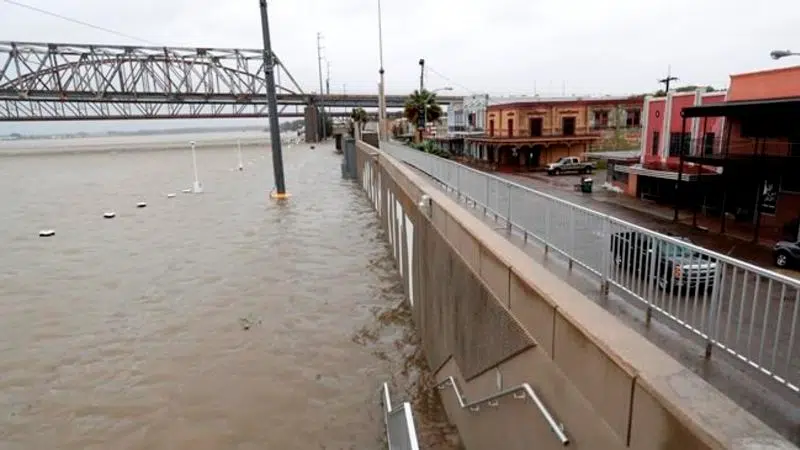
Weakened Barry unleashes a final blast of torrential rains
NEW ORLEANS — Though Tropical Depression Barry failed to unleash catastrophic flooding in New Orleans, it still swamped parts of Louisiana with up to 17 inches (43 centimetres) of rain and transformed part of the Mississippi Delta into “an ocean.”
Barry was downgraded from a tropical storm on Sunday afternoon, but its torrential rains continued to pose a threat Monday. Much of Louisiana and Mississippi were under flash-flood watches, as were parts of Arkansas, eastern Texas, western Tennessee and southeastern Missouri.
Louisiana Gov. John Bel Edwards urged residents to be cautious as they ventured outside after a weekend in which many had sheltered indoors.
He said he was “extremely grateful” that the storm had not caused the catastrophic floods that had earlier been forecast. More than 90 people had been rescued in 11 parishes, but there were no reports of weather-related fatalities, Edwards said.

